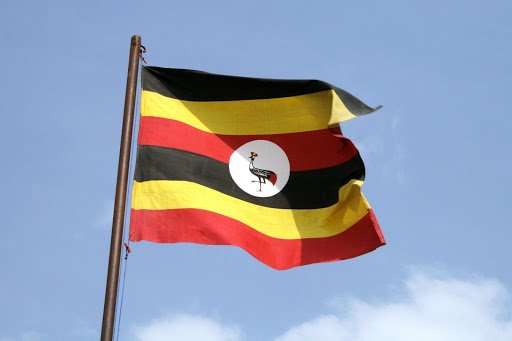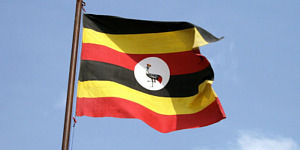Uganda's central bank lowered its benchmark interest rate for the second time in the current easing cycle and launched other monetary easing measures, including the purchase of government bonds, to ensure adequate access to credit and a normal functioning of financial markets during what it described as a "severe contraction" in economic activity from the COVID-19 pandemic.
The Bank of Uganda (BOU) cut its Central Bank Rate (CBR) by 100 basis points to 8.0 percent and has now cut it by 200 basis points since October 2019. It is BOU's first rate cut this year.
With global supply chains disrupted, which affects manufacturing, travel restrictions, social distancing measures, and a decline in demand, BOU forecast the country's economy would slow "drastically" in the second half of the current 2019/20 financial year, with growth for the year of 3 to 4 percent.
In October, when BOU also cut its rate by 100 basis points, the central bank was already reacting to slowing economic growth, which was pulling down its inflation forecasts, from earlier forecasts of 6.0 to 6.3 percent growth for 2019/20, which began on July 1, last year.
In February BOU still expected growth this year of 5.5 to 6.0 percent despite uncertainty around the severity of the coronavirus outbreak.
"Downside risks to economic growth outlook have increased, particularly in the near term and economic activity is projected to remain subdued until the pandemic is contained globally," BOU said.
Although there is still uncertainty over the duration of the slowdown, BOU said it expects growth to gradually recover in the second half of the 2020/21 year but the output gap to persist until 2022.
Headline and core inflation in Uganda eased to 3.0 in March and 2.5 percent, respectively, and BOU expects core inflation to remain below its historical average in the 12 months ahead with "feeble" domestic demand lead to disinflationary pressures in the economy even as the prices of some imported items may rise due to supply chain disruptions.
Inflation is now seen in the range of 2 to 3 percent this year on the assumption the pandemic is contained by June and the economy recovers gradually in the second half of the year.
BOU targets inflation of 5.0 percent.
In addition to the rate cut, BOU directed financial institutions to defer payments of dividends and bonuses for at least 90 days as of March to ensure adequate capital buffers, will provide exceptional liquidity assistance to commercial banks that are facing liquidity distress for up to one year, provide liquidity to banks for a longer period by issuing reverse repos for up to 60 days, with an opportunity to roll this over.
BOU will also purchase treasury bonds held by institutions providing micro finance and credit institutions to ease any liquidity stress and those institutions that don't hold treasury bills or bonds will be provided with liquidity secured by other holdings.
Financial institutions will also be permitted to restructure corporate or individual loans, including a moratorium on loan repayments for borrowers that have been affected by the pandemic for up to 12 months as of April 1, BOU said.







































